Choosing a Blockchain for Your dApp
With over 60 diverse blockchains in its marketplace, OnFinality promises a blockchain for every dApp developer's need.
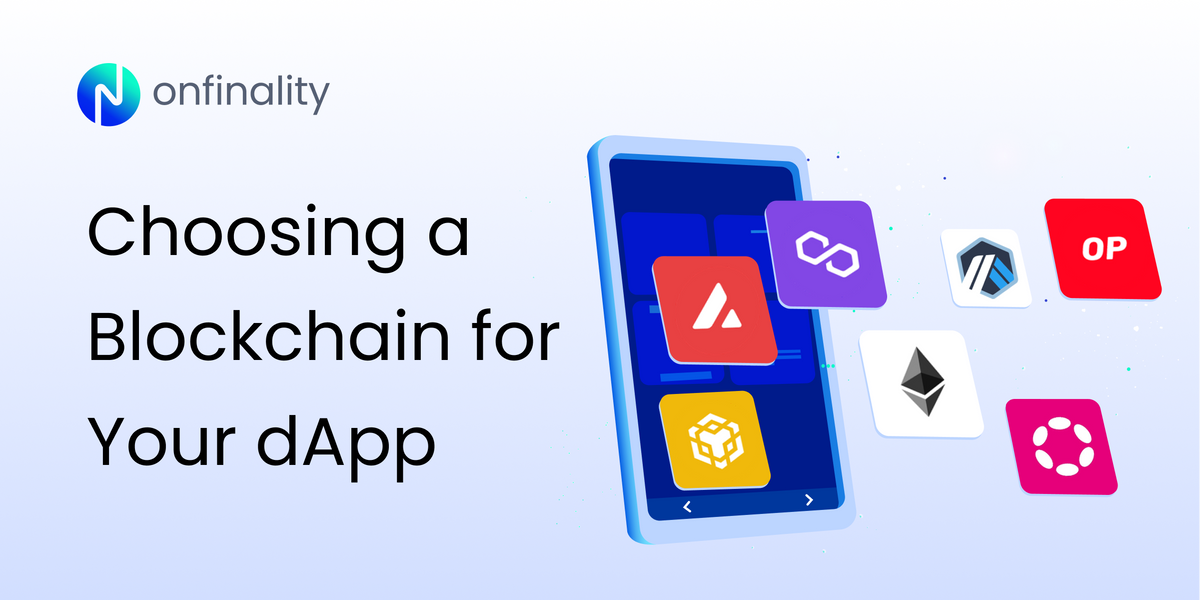
OnFinality is a blockchain infrastructure platform that saves web3 builders time and makes their lives easier. We deliver easy-to-use, reliable and scalable API endpoints for the biggest blockchain networks and empower developers to automatically test, deploy, scale and monitor their own blockchain nodes in minutes.
Introduction
The success of your blockchain application depends on a variety of factors, one of the fundamental and most crucial factors being the blockchain network it is built on.
In this guide, we compare some of the most popular blockchain networks and their unique properties to help you select one best suited for your Decentralised Application (dApp).
Why is it important to choose the right blockchain?
Choosing the right blockchain for your dApp is crucial as it directly impacts scalability, cost, security, interoperability, and development flexibility. Making an informed decision ensures optimal performance, user experience, and alignment with your dApp’s specific requirements, leading to the success and sustainability of your project.
Factors to consider when choosing a blockchain
- Scalability: Efficiency in processing high transaction volumes
- Cost Efficiency: Affordability of transactions for users and developer
- Security: Protection against vulnerabilities and unauthorised access
- Interoperability: Ease of integration and interaction with other blockchain networks
- Development Flexibility: Customisable features and functionalities for your dApp
Layer 1 VS Layer 2 Blockchains
Layer 1 blockchains are the foundational layer of a blockchain ecosystem, providing the core infrastructure and consensus mechanisms. Examples include Bitcoin, Polkadot, and Ethereum.
Layer 2 blockchains, on the other hand, are built on top of Layer 1 and aim to enhance scalability and efficiency, often through techniques like sidechains or state channels. Examples include Ethereum scaling solutions such as Arbitrum, Optimism and Polygon.
For Scalability: Layer 1
Layer 1 blockchains offer higher scalability as they directly process transactions on their main chain, while Layer 2 solutions achieve scalability by offloading transactions to a secondary chain.
Recommended for:
dApps that require a high transaction throughput such as Decentralised Exchanges (DEXs) or payment systems that require fast and efficient processing of a large number of transactions.
For Security: Layer 1
Layer 1 blockchains typically have higher security guarantees due to their robust consensus mechanisms and decentralised nature. Layer 2 solutions rely on the underlying Layer 1 for security, making them potentially more susceptible to security risks. If security is critical, Layer 1 might be the preferred option.
Recommended for:
dApps such as Decentralised Identifiers (DID) or authentication systems that require high levels of security to protect user data.
For Interoperability: Layer 1
Layer 1 blockchains often have better interoperability with other blockchain networks, allowing seamless integration and interaction with various decentralised protocols and applications. If your dApp requires integration with external systems or cross-chain functionality, Layer 1 might be more suitable.
Recommended for:
Cross-chain dApps, such as blockchain interoperability protocols or decentralised exchanges supporting multiple blockchain networks with interoperability features.
For Cost-Efficiency: Layer 2
Layer 2 solutions can provide cost advantages as they leverage the security of the Layer 1 blockchain while reducing fees for transactions and smart contract execution.
Recommended for:
Decentralised finance (DeFi) apps such as lending and borrowing platforms that can benefit from reduced transaction fees on Layer 2 solutions, allowing users to save on costs for interacting with smart contracts.
For Development Flexibility: Layer 2
Layer 2 solutions can provide more flexibility in terms of development and experimentation. They often offer unique features and customizable functionalities specific to their scaling solutions, allowing developers to optimise their dApps for specific use cases. If you require more flexibility in designing and iterating your dApp, Layer 2 might be the preferred choice.
Recommended for:
dApps such as gaming dApps that require customisation and experimentation to create unique experiences in gameplay.
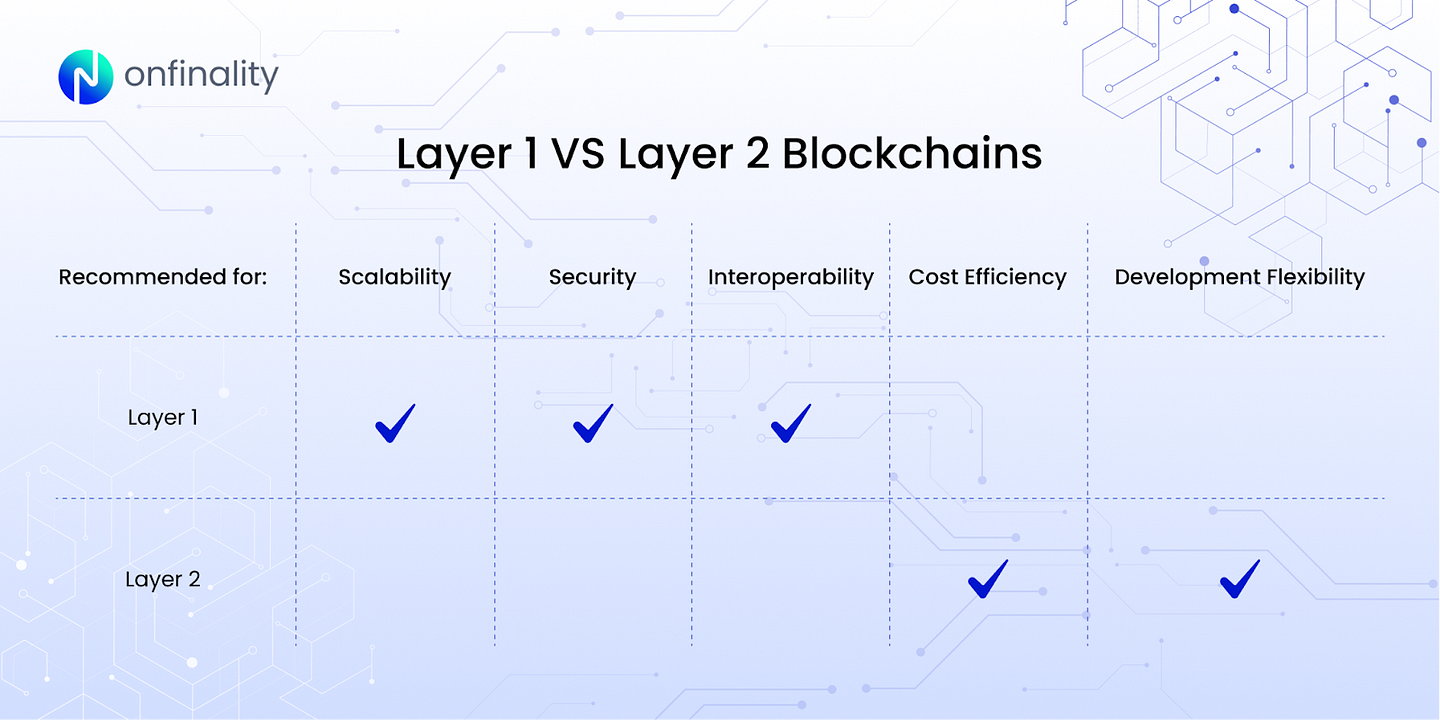
Which Blockchain to Choose?
While Layer 1 blockchains generally excel in scalability, security, and interoperability, it is essential to evaluate each individual blockchain to identify unique properties and considerations.
For example, Avalanche and BNB Chain, both Layer 1 solutions, stand out with cost-efficient properties, and Polygon, a Layer 2 solution, guarantees security while offering development flexibility.
Below we assess the specific attributes of some of the most popular blockchains on OnFinality and how they could be the blockchain most suited for your dApp.
Avalanche
Avalanche boasts high throughput, sub-second transaction finality, and low fees due to its consensus mechanism. It provides Avalanche Bridge, enabling seamless cross-chain asset transfers.
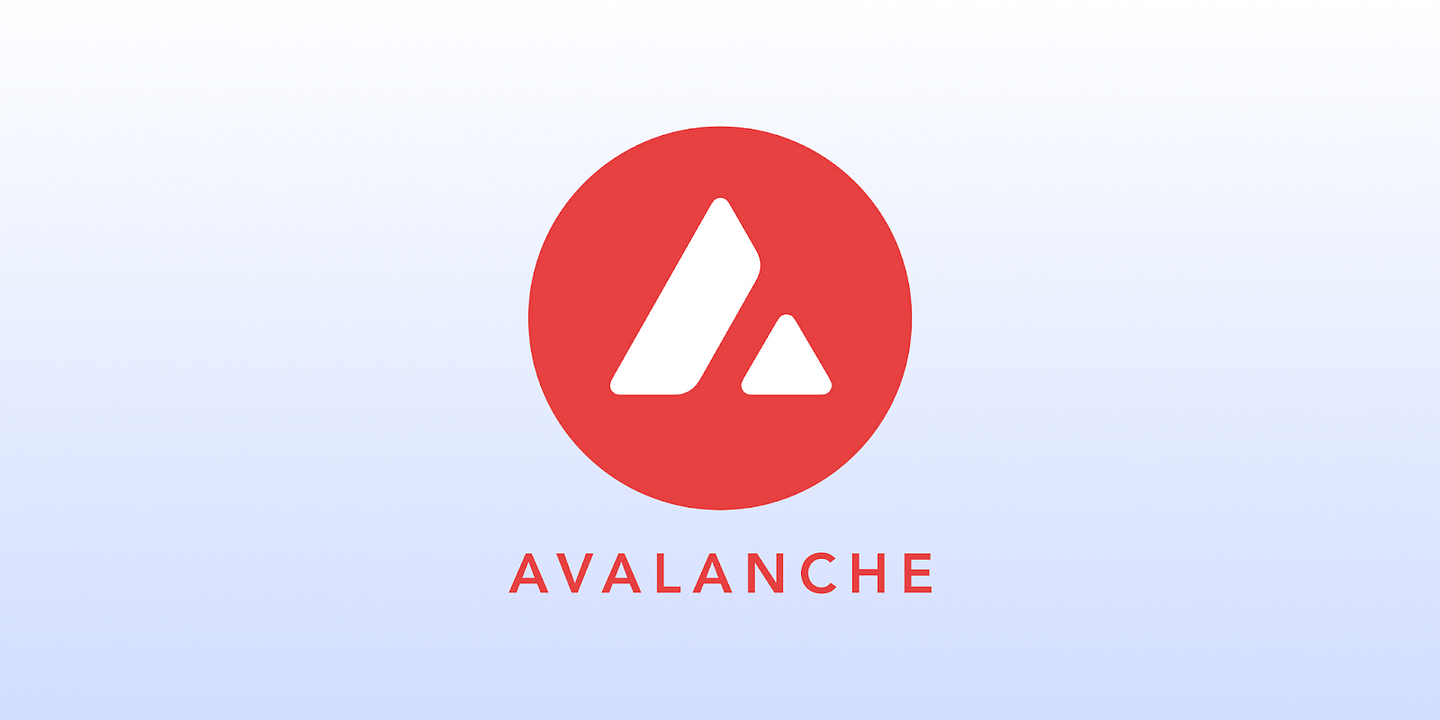
Suitable for:
Cross-chain dApps such as DEXs that can benefit from Avalanche’s fast, low-cost transactions and the ability to interact with assets from other blockchains.
Get started on Avalanche.
BNB Chain
BNB Chain offers fast block times and low fees, thanks to its Proof-of-Staked-Authority (PoSA) consensus mechanism. It also enables easy integration with Binance exchange and BEP-20 tokens.
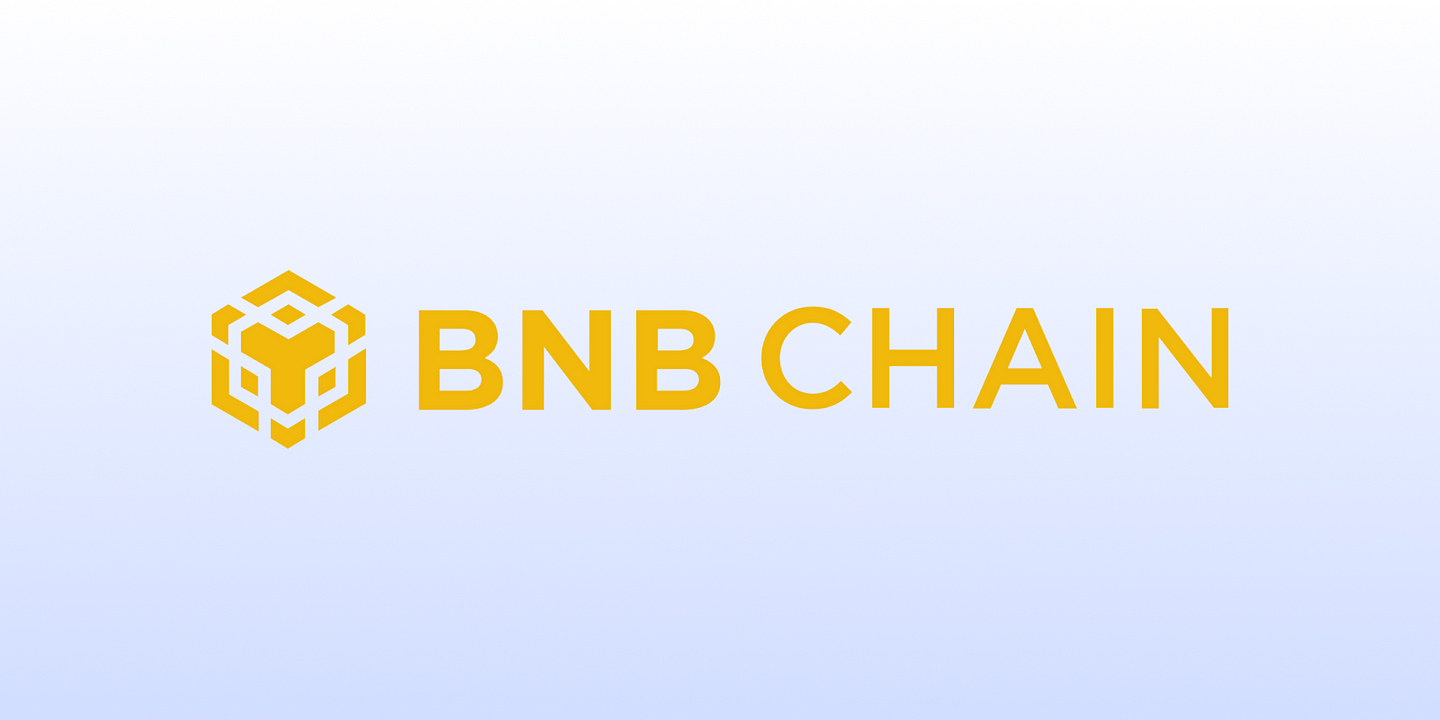
Suitable for:
DeFi applications, especially yield farming and liquidity provision protocols, can benefit from BNB’s low fees and fast confirmations, fostering an efficient and cost-effective ecosystem.
Get started on BNB Chain.
Polkadot
Polkadot features a heterogeneous sharding mechanism, enabling parallel processing of transactions across multiple parachains. Its interoperability through bridges enhances cross-chain communication.
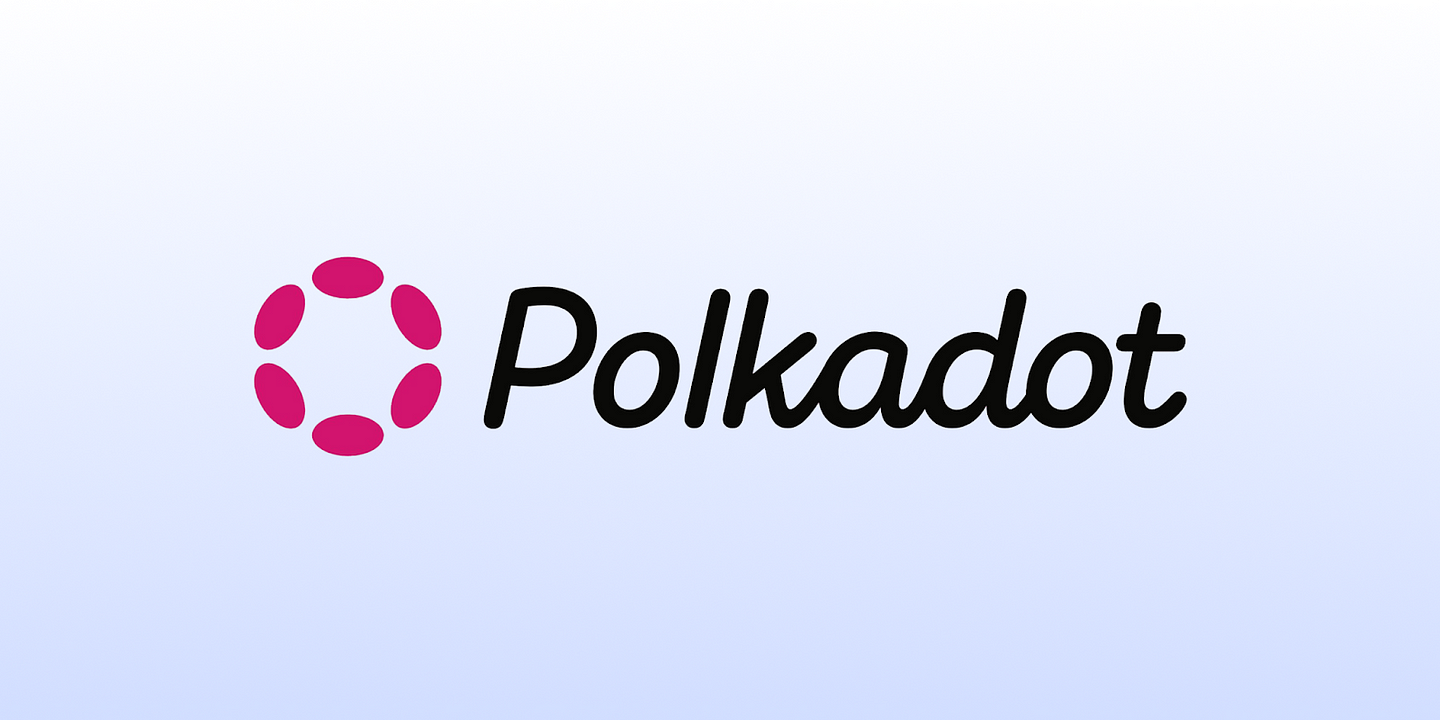
Suitable for:
Cross-chain dApps that require a high level of scalability, such as gaming platforms, cross-chain DeFi protocols, and DID systems, can benefit from Polkadot’s parallel processing.
Get started on Polkadot.
Ethereum
Ethereum is the leading smart contract platform, supporting an extensive network of decentralised applications. Its massive developer community and well-established ecosystem offer robust security.
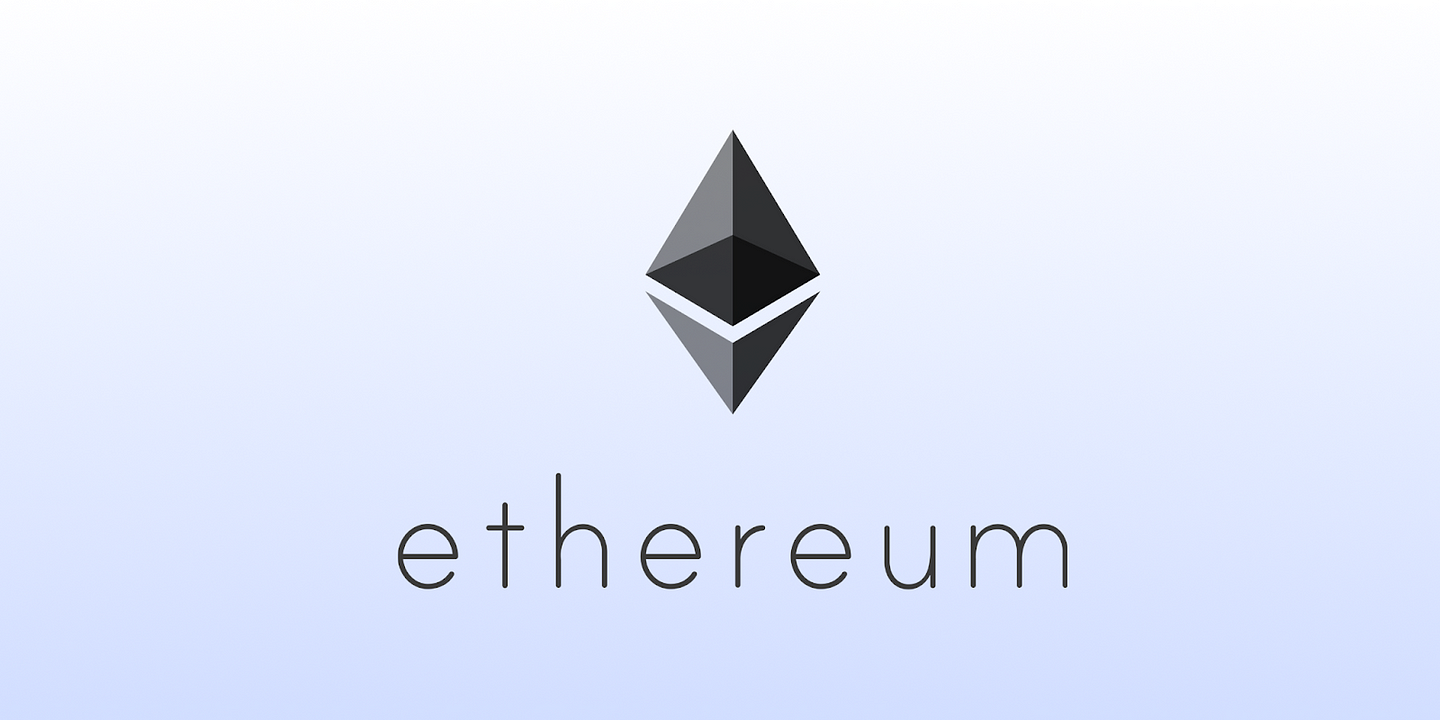
Suitable for:
Due to its security, liquidity, and large user base, Ethereum is the go-to platform for a wide range of dApps, including DeFi protocols, DEXs, gaming applications, and DID systems.
Get started on Ethereum.
Arbitrum
Arbitrum is an Ethereum Layer 2 scaling solution, focusing on reducing transaction fees and congestion while maintaining Ethereum’s security through Optimistic Rollups.
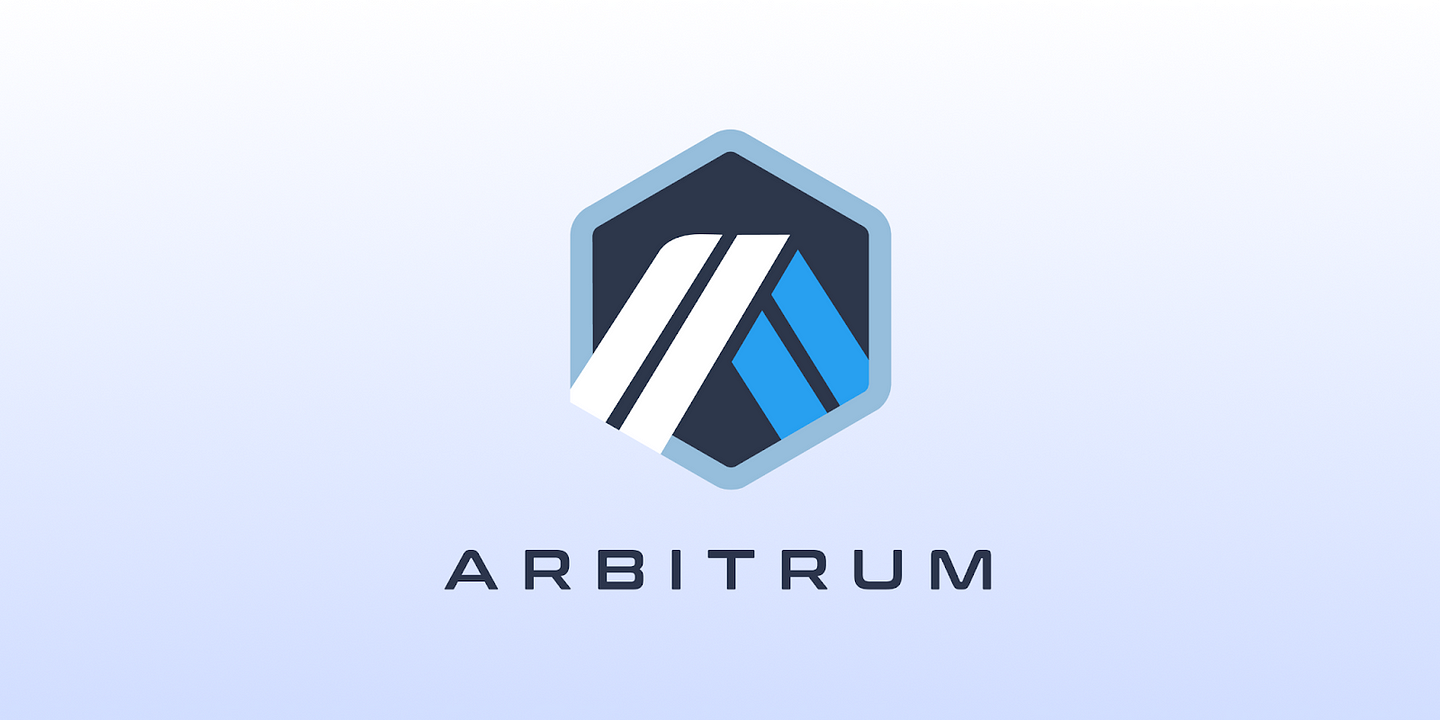
Suitable for:
DeFi dApps can benefit from Arbitrum’s low fees and fast transactions, enhancing the user experience and affordability of DeFi lending, borrowing, and trading protocols.
Get started on Arbitrum.
Optimism
Optimism offers an Ethereum Layer 2 scaling solution with optimistic rollups, reducing transaction costs and increasing throughput while maintaining Ethereum’s security.
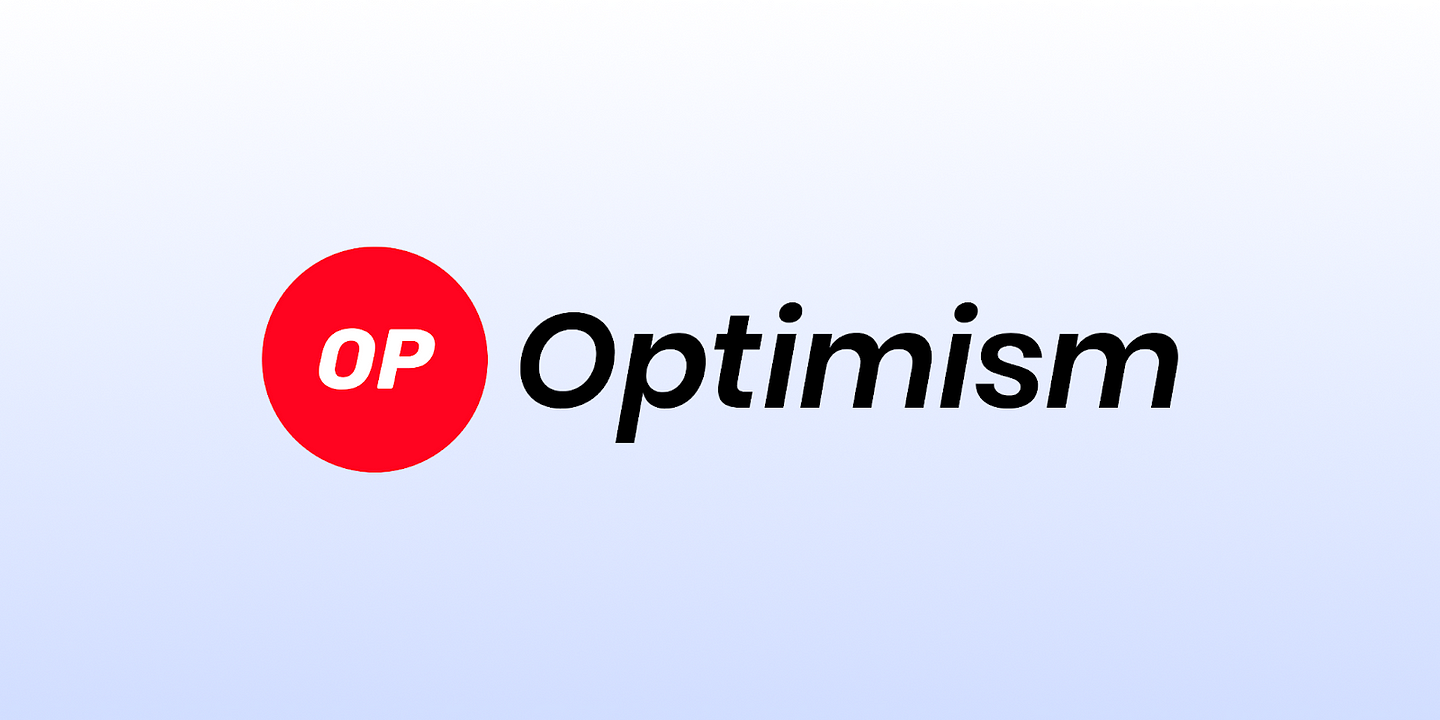
Suitable for:
Due to its scalability and compatibility with the Ethereum ecosystem, Optimism is well-suited for various Ethereum-based dApps, from DeFi platforms, gaming projects to Decentralised Identity solutions.
Get started on Optimism.
Polygon
Polygon is a Layer 2 scaling solution for Ethereum, offering fast and low-cost transactions with security guaranteed by the Ethereum mainnet.
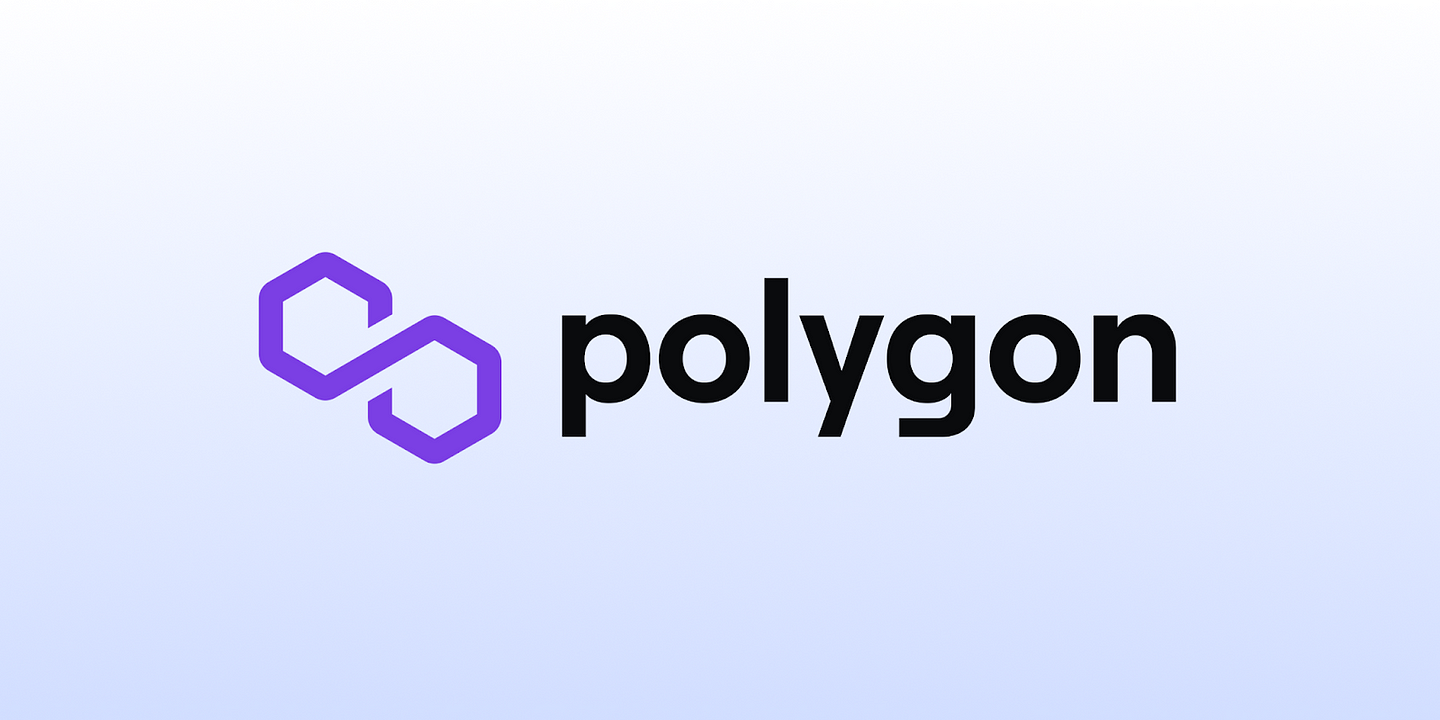
Suitable for:
Gaming dApps that require scalability for in-game transactions, DeFi protocols seeking to reduce transaction costs, and cross-chain dApps seeking interoperability with Ethereum.
Get started on Polygon.
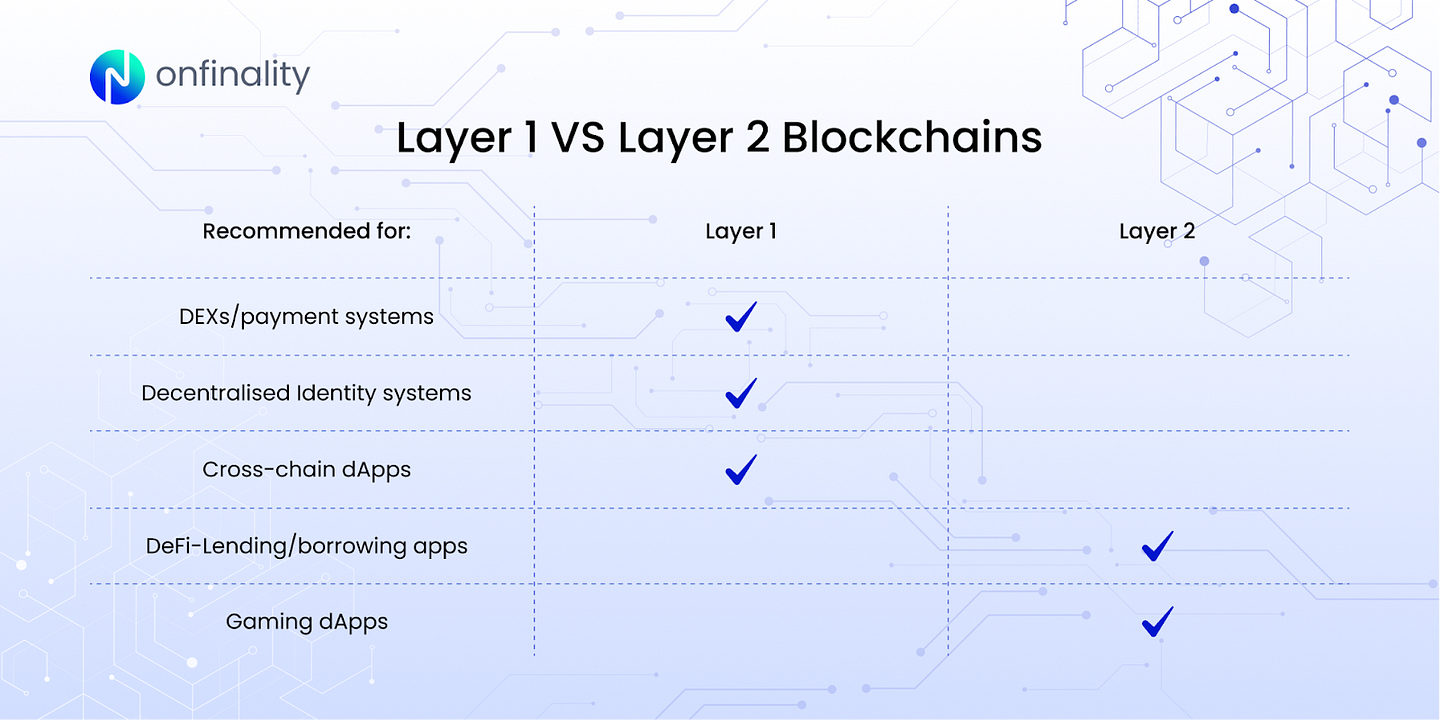
Conclusion
Choosing the ideal blockchain for your dApp is a pivotal step towards achieving success. OnFinality offers a diverse range of over 60 blockchains so that you may find the one that matches your project’s specific needs.
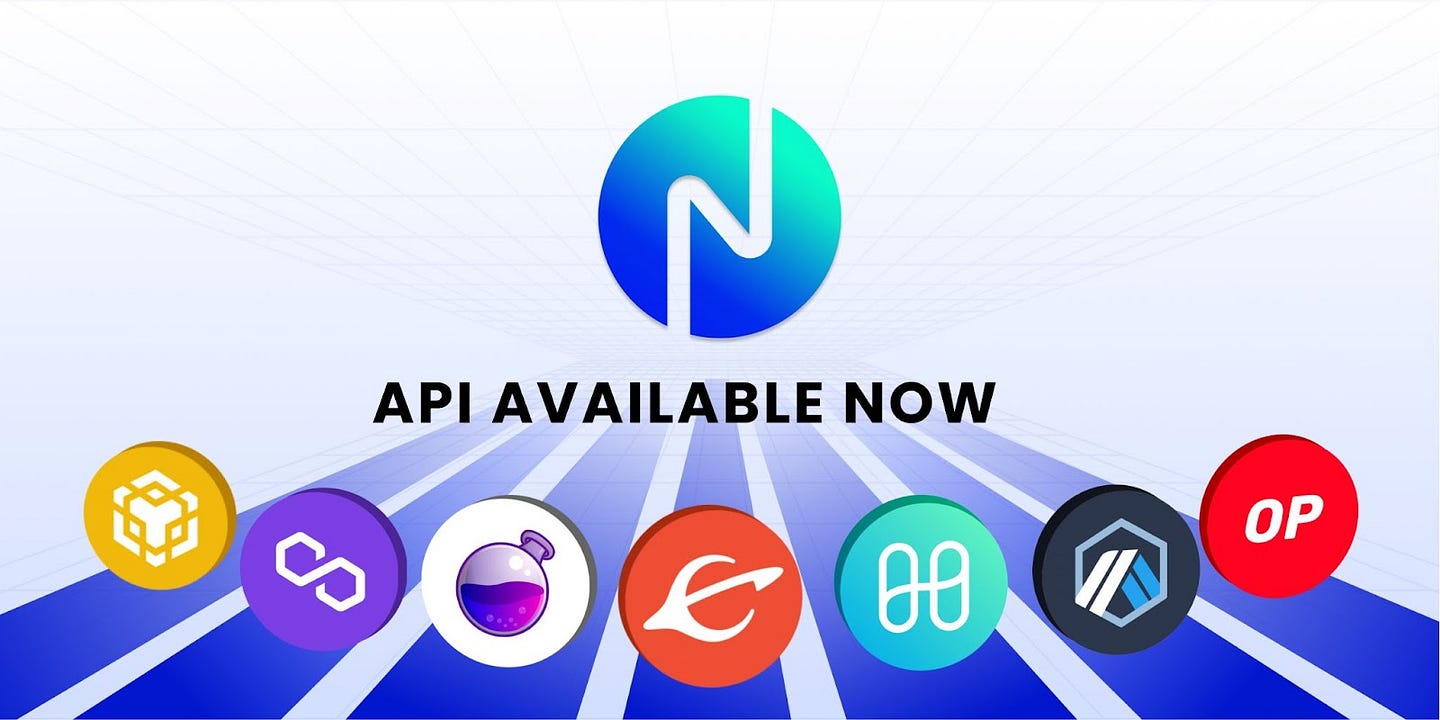
New sign ups also receive 500k free daily responses to help you jumpstart your web3 venture.
Start building the future of web3 now.
Build Smarter with OnFinality. 😎
About OnFinality
OnFinality is a blockchain infrastructure platform that saves web3 builders time and makes their lives easier. OnFinality delivers scalable API endpoints for the biggest blockchain networks and empowers developers to automatically test, deploy, scale and monitor their own blockchain nodes in minutes. To date, OnFinality has served hundreds of billions of RPC requests, supports over 85 networks including Avalanche, BNB Chain, Cosmos, Polkadot, Ethereum, and Polygon, and is continuously expanding these mission-critical services so developers can build the decentralised future, faster!
